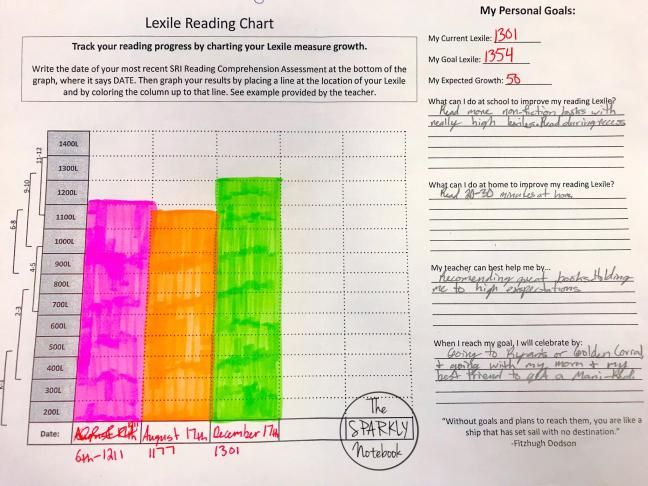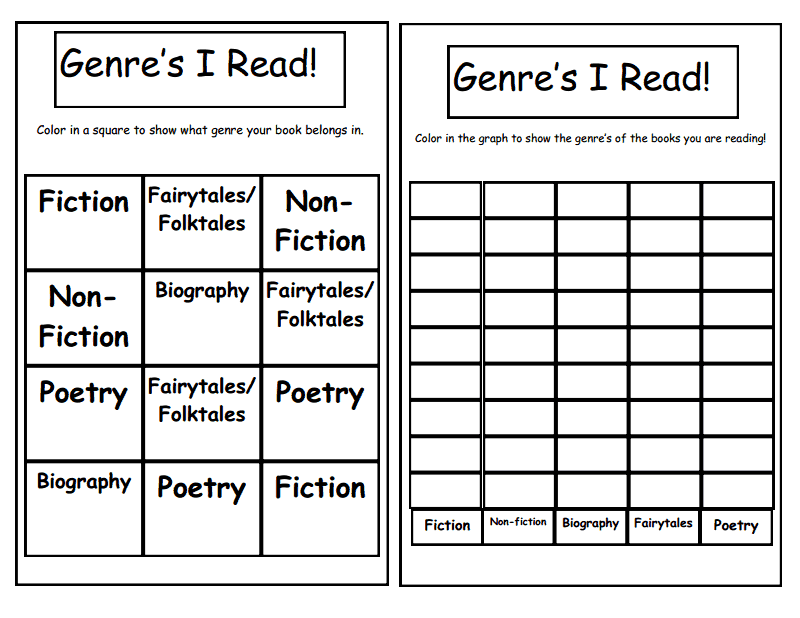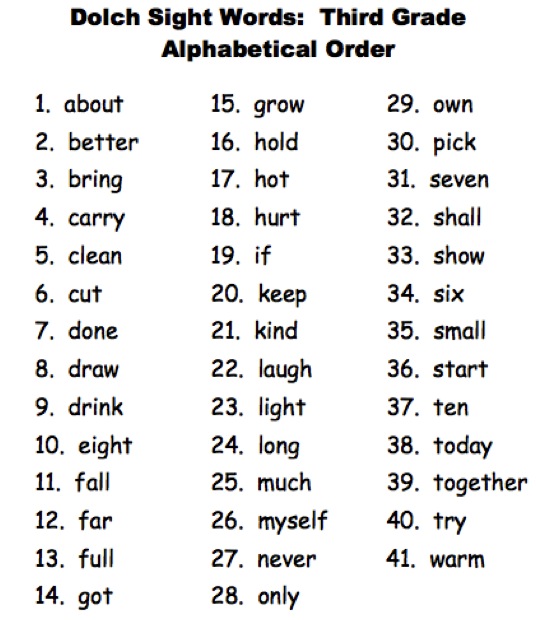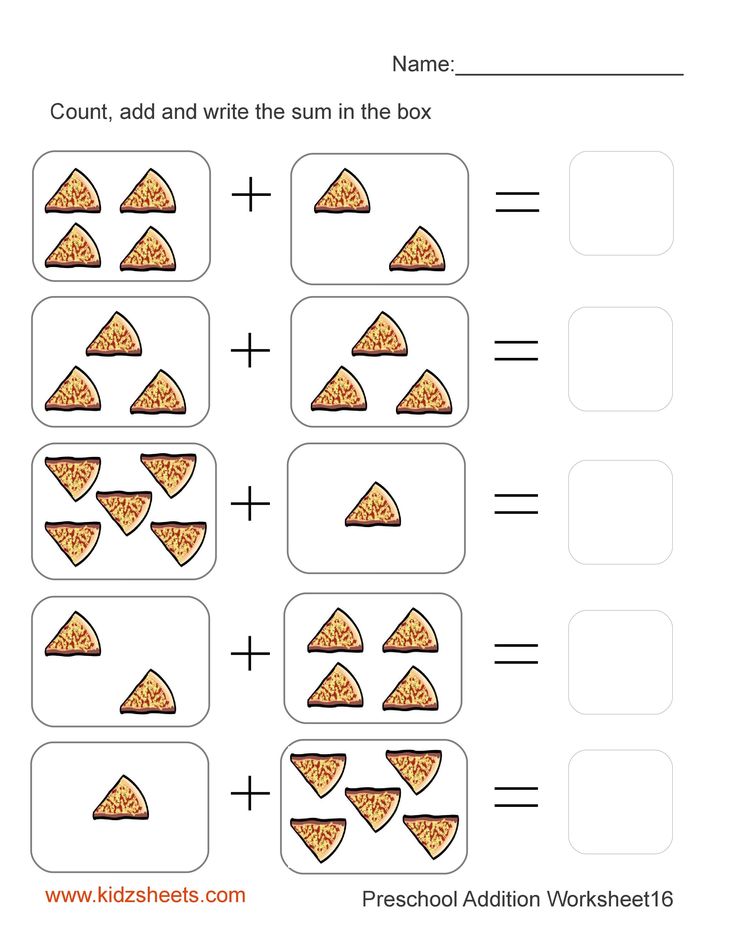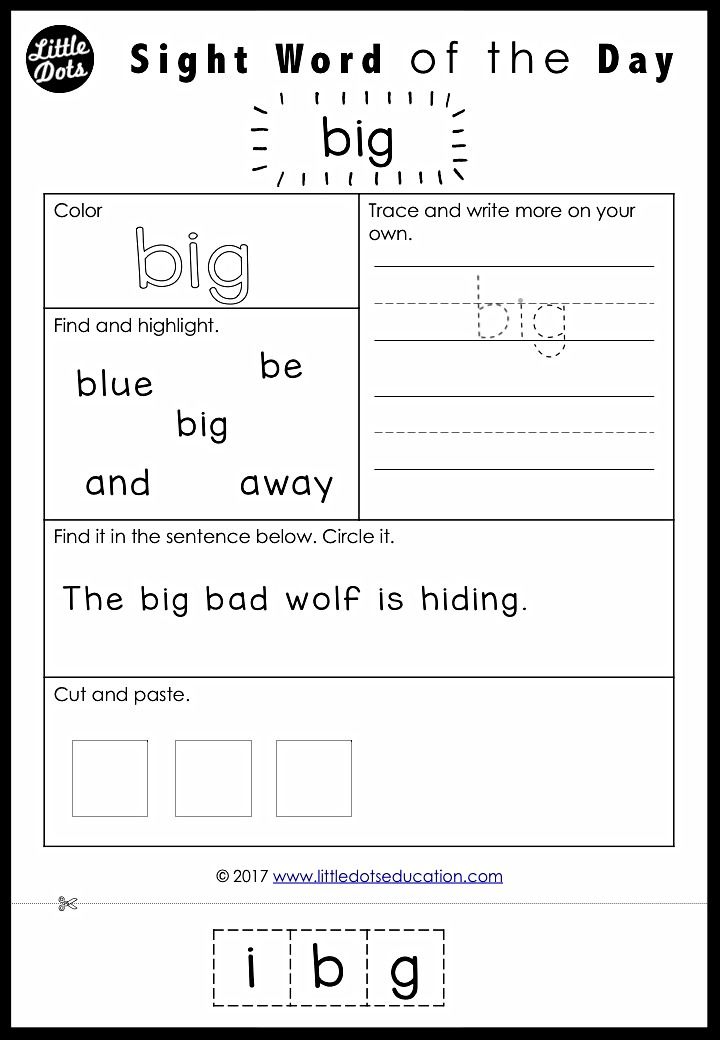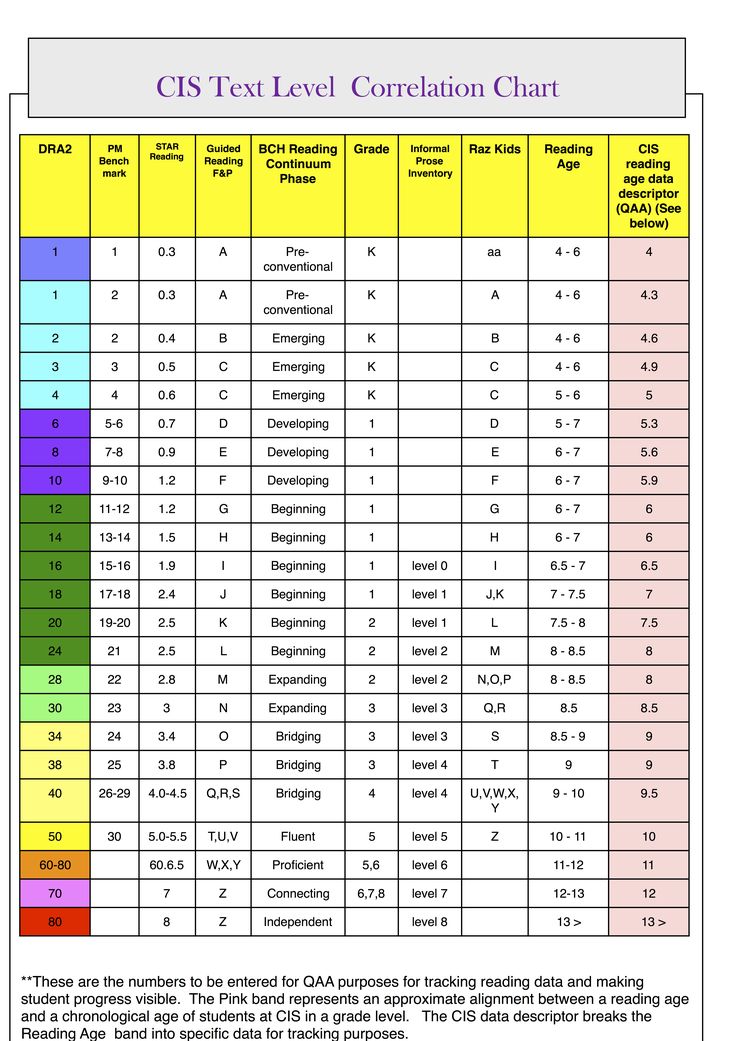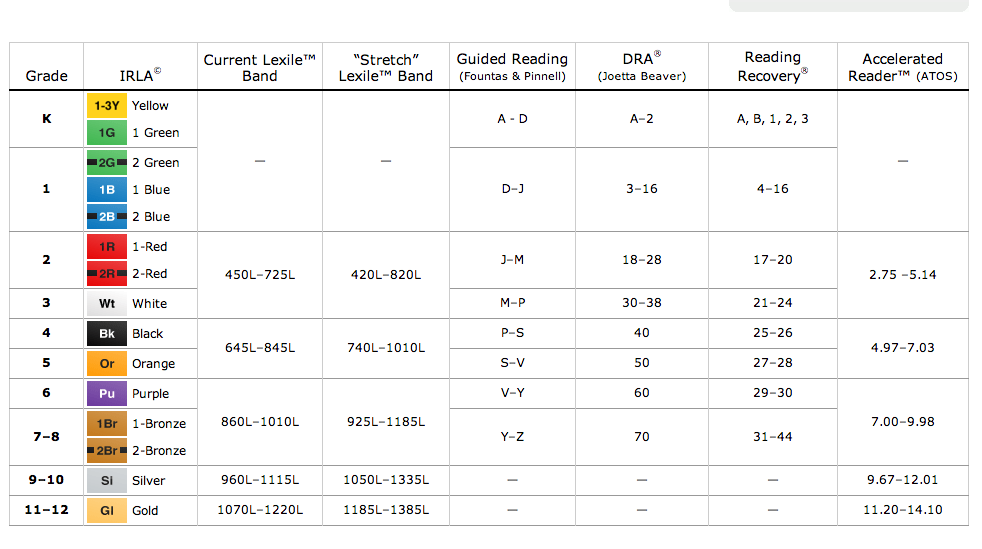How to find the lexile of a book
How To Determine Reading Level Of A Book
Learning how to determine reading level of a book helps you find appropriate books for your child and challenge their abilities.
When choosing children’s books, the reading level of the book can be pretty important. You want to challenge children to read a bit higher than they think they can while not discouraging them with books that are too difficult.
Whether you have beginning readers or advanced readers in your life, learning how to determine the reading level of a book is a valuable tool. Thankfully, parents and educators have a number of tools available to help them.
This guide will discuss what reading levels are, how to find them and how you can ensure that the books you offer are suitable for the children in your life.
Contents
- Tips on How To Determine Reading Level Of A Book
- What is Reading Level?
- Why Reading Level is Important
- Reading Level and Interest Level
- Common Measures for Reading Levels
- Tools to Find the Reading Level of a Book
- A Final Word on How to Determine Reading Level of a Book
- FAQs About how to Determine Reading Level of a Book
- Author
Tips on How To Determine Reading Level Of A Book
So how can you determine the reading level of a book? Before delving into the tools available to help you find a book that your child can read, first, you must understand what reading level is.
What is Reading Level?
The reading level of a book determines how well a child can read it independently. Unfortunately, reading level is often confused with grade level, so a book with a fourth-grade reading level is designed with vocabulary and syntax that the average fourth grader can understand.
However, it is not always as simple as picking a book that is leveled at your child’s grade level. Your child’s teacher can tell you that students fit into a wide range of levels, even within the same classroom.
As your child’s reading skills develop, you’re going to need to find reading materials that match. Knowing how to read reading levels will help.
Why Reading Level is Important
Children who are learning to read need to have a text they can read successfully. If text is too easy, the child gets bored. If the text is too hard, the child gets frustrated.
This balance is where the reading level helps. Finding a book that matches your child’s abilities and interests will encourage successful reading, and reading level is key to that.
Reading Level and Interest Level
Adding interest level to your decision-making will help guide you to the books they will be most interested in readingAnother benchmark you can check into is interest level. This metric shows how interesting a particular book is likely to be to your child based on their age or grade level.
If a child is particularly behind or advanced in reading level, finding books they want to read but match their reading level becomes more challenging. Adding interest level to your decision-making will help guide you to the books they will be most interested in reading.
Common Measures for Reading Levels
Many tools measure reading levels. As you learn how to determine the reading level of a book, you will find that these tools make the job a lot easier, so you can find a book that fits the child’s reading level. Here are some popular reading systems to consider.
1. Fountas-Pinnell Guided Reading Level
Fountas and Pinnell created the Guided Reading Level.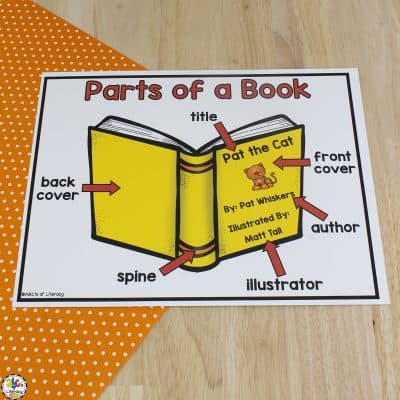 This leveled reading system assigns a level to individual books. Factors that impact that level include repetition of words, the complexity of sentences, and sentence length.
This leveled reading system assigns a level to individual books. Factors that impact that level include repetition of words, the complexity of sentences, and sentence length.
This program uses specialized reading lists with books that already have a grade level measure.
2. Grade Level Equivalent
The Grade Level Equivalent leveled reading system assigns an actual grade level to the book based on what students typically can read at a particular stage of their education. This metric is labeled with a decimal point, where the first number is the grade level, and the number after the decimal point indicates the number of months into the school year the student would be. So, a score of 2.1 means second grade one month into the school year.
For parents that are new to reading levels, this can be a helpful metric as it shows a level they can easily relate to their student’s age and grade. However, parents need to realize that students develop their reading abilities at different speeds, so any particular child may read at, above, or below the published reading level.
3. Developmental Reading Assessment
The Developmental Reading Assessment, or DRA, assesses a child’s reading ability through a reading test. It then gives the student a score based on that test. Factors it checks include:
- Phonemic awareness
- Alphabetic principles/phonics
- Fluency
- Vocabulary
- Comprehension
- Reading engagement
Books are given corresponding scores based on text complexity and vocabulary. Thus, teachers and parents can easily connect students to books that fit their abilities after taking the test by lining up the test scores with the scores of the book.
4. Lexile Framework for Reading
The Lexile Framework is a National Institute of Child Health and Human Development metric. It uses Scholastic Inventory Test scores to evaluate text and determine what reading level it is.
To use the Lexile Framework, students must take a standard test or the Scholastic Reading Inventory (SRI). This then matches them with a reading level that matches their ability.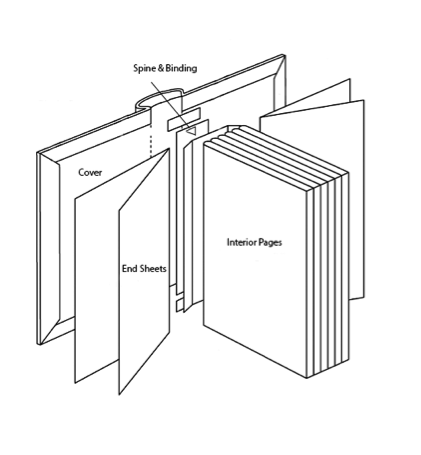
You can look up the Lexile level of a book online on the Lexile website.
5. Accelerated Reader Book Levels
Accelerated Reader is a complex readability formula that rates text complexity. It uses grade level ratings to indicate what year and month a student could read a book independently.
Accelerated Reader is different from straight grade level equivalents because it uses interest level as well. This indicates if the content of a book is age-appropriate for the particular grade level.
Tools to Find the Reading Level of a Book
Understanding the different reading tests and reading level measures is important, but it does not help you learn how to determine the reading level of a book when your child wants to read something. Thankfully, you have several tools at your disposal to help.
1. Scholastic’s Book Wizard
Scholastic offers a book wizard tool that has over 65,000 children’s books in the database. You can search using the title and author to find an individual book’s reading level.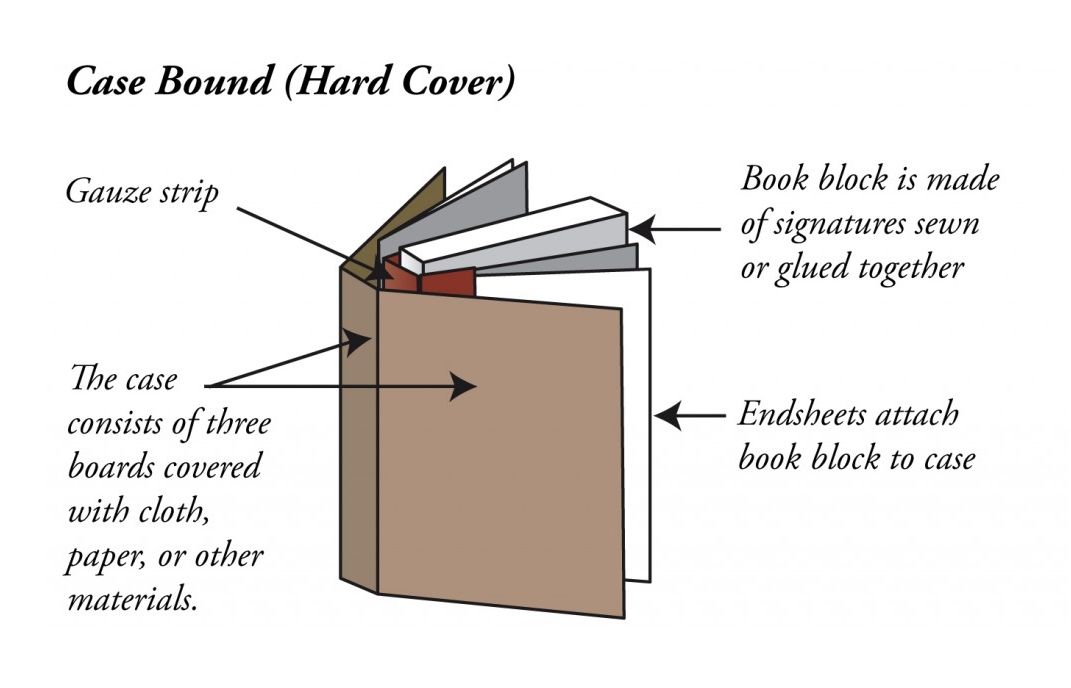 If you are looking for recommendations for your child, you can search by reading level, subject, grade level, or genre and get a list of suggestions.
If you are looking for recommendations for your child, you can search by reading level, subject, grade level, or genre and get a list of suggestions.
2. Renaissance ATOS Analyzer
If you can’t find your book or text in another tool, you can copy a portion of the text into the ATOS Analyzer to see how it rates. This tool uses a readability formula to tell you how easy something is to read. It also merges with the Lexile measure, so you can search for individual books if they are in the database.
3. Lexile Look Up
Lexile’s online tool lets you search for a book by its ISBN. Just enter the number on the Quick Book Search to see if it is in the database. The website also allows you to look at a list of books based on your child’s reading level.
4. Accelerated Reader Search Tool
The AR search tool lets you search for a particular book’s readability, Lexile level, and interest level. It reports a grade level based on whether or not a child will be challenged in the reading but not frustrated.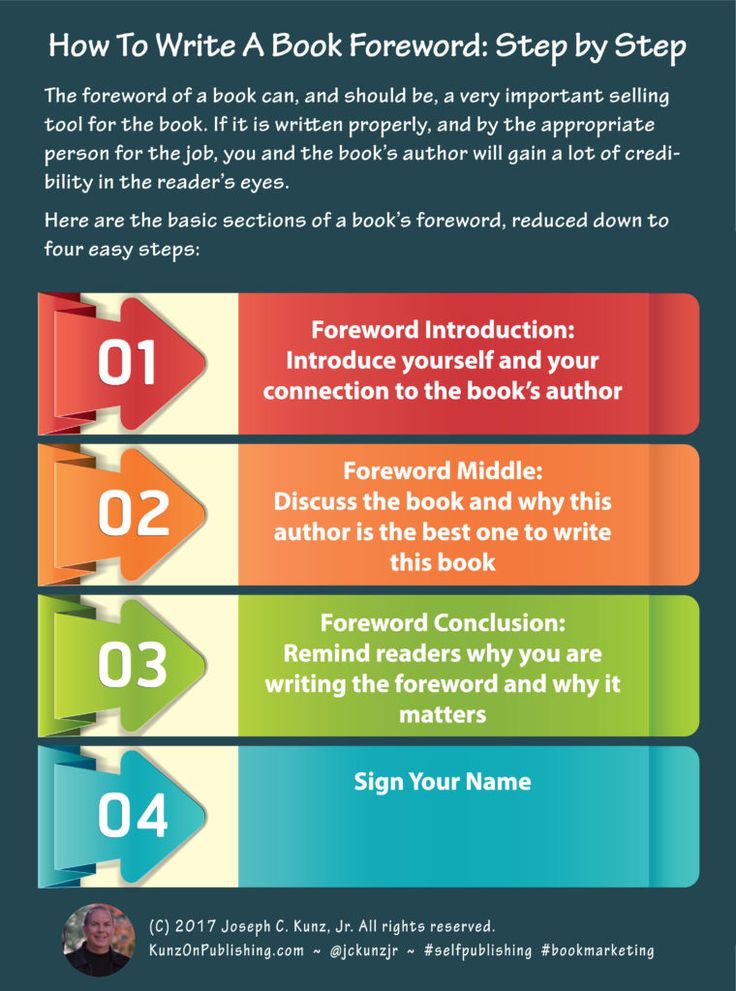
5. Correlation Chart
The Correlation Chart is part of the State of Washington public library system. It lets you find the reading level of a book, then use the tool to compare that to the reading level in another measurement. If you are looking for a specific measure but know another one, this tool can help you compare.
A Final Word on How to Determine Reading Level of a Book
Reading levels help you choose books for your child that fit their interests and abilities. You can avoid frustration and boredom by selecting appropriate books. Using reading levels also encourages more independent reading, especially with young readers.
Parents can sometimes struggle with finding reading levels for different books, but using a book’s ISBN, you can search in several tools that have book lists based on reading level. Using these tools and asking your child’s teacher what their current reading level is will allow you to choose the right reading material for your child.
FAQs About how to Determine Reading Level of a Book
How to find the reading level of a book?
Using different tools, such as the Scholastic Book Wizard or the Accelerated Reader Search Tool, you can learn the reading level of many children’s books to help you choose appropriate reading options for your child.
How to determine my child’s Lexile reading level?
If your child is at school, they will be tested each year under their standardized testing program. This testing will give your child a Lexile reader measure. Simply ask your child’s teacher or check their standardized test score report to learn your child’s measure.
Join over 15,000 writers today
Get a FREE book of writing prompts and learn how to make more money from your writing.
Powered by ConvertKitAuthor
Introduction - Reading and Lexile Scores
What is a Lexile Score?
A Lexile score is a standard score that matches a Grade 1-12 student’s reading ability with the difficulty of the reading material.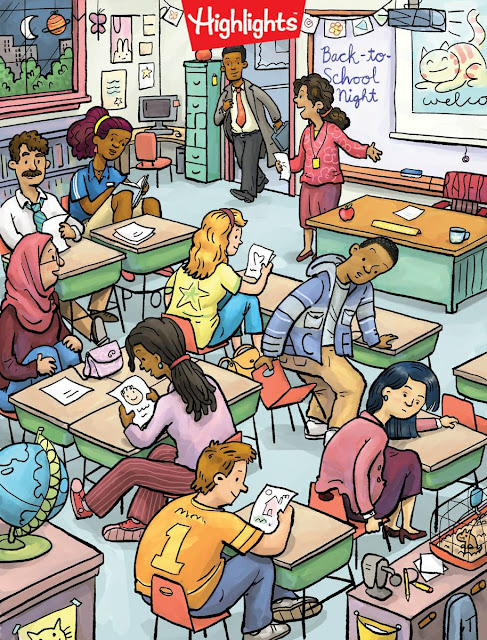
When the reader's score and that of the reading material are the same, the student is expected to read with 75% comprehension – difficult enough to be challenging without undue frustration and to encourage reading progress.
Scores range from 200 to 1700.
Lexile measures are a measure of text difficulty. They do not address age-appropriateness, student interest or the quality of the text.
Google does not use Lexile scores, and while in the past Google Advanced Search used to rate websites as beginning, intermediate or advanced reading level - Google no longer offers this feature. However, an alternative way to search and obtain results with reading levels marked is here: Choosito.com Search.
This site http://www.lexile.com/ will let you enter your lexile level range and find a list of books that not only meet your lexile requirements, but your interests, i.e. social issues or technology, and your age range. However, the age range is limited to 18 years and younger.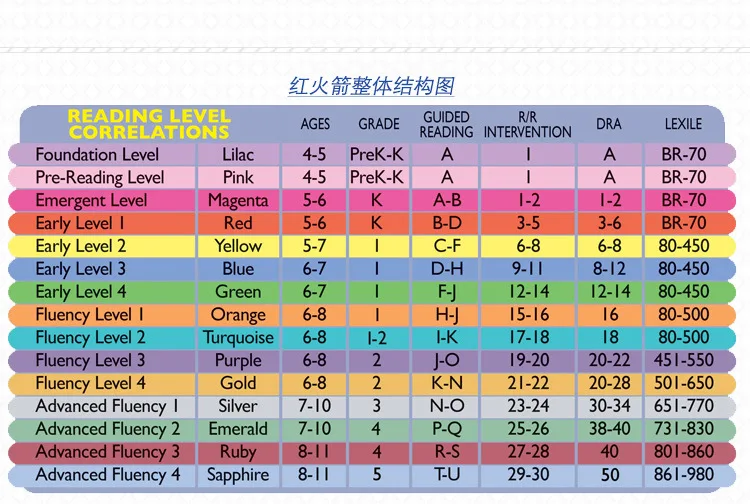 You can also see if a particular book is listed to learn the lexile level.
You can also see if a particular book is listed to learn the lexile level.
Sample Lexile Texts
Examples of Reading Levels
This Lexile map shows texts matched to levels of reading ability. The literature titles and reading selections are examples that range from 200L to 1700L on the Lexile scale.
Lexile Grade Level
Lexile-to-Grade Correspondence
Student's Guide to Lexiles
This guide gives Grades 1-12 students practical information about Lexiles—what they are, what they mean, and how students can use them to find reading materials that match their reading abilities and interests.
Perhaps you already recognize the term “Lexile” as the reading level number for an article in an EBSCOhost database search. Or maybe you know that a Lexile is a measure of your reading ability based on your score from a reading test.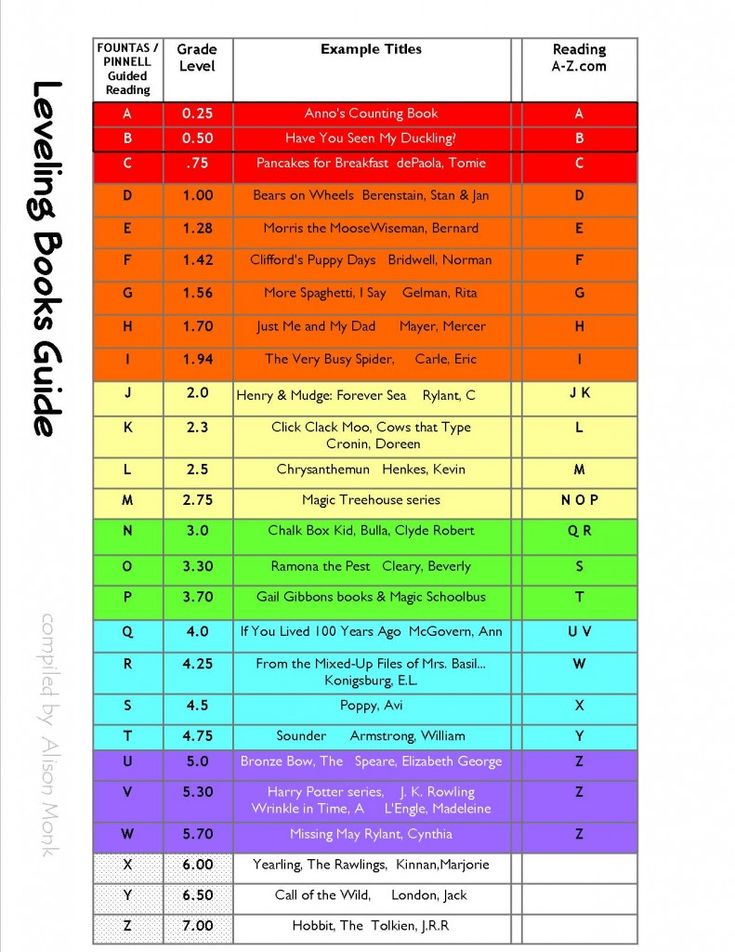 But do you know what the number really means?
But do you know what the number really means?
How Can Lexiles Help Me Find Reading Materials?
Lexiles can help you find books and articles based on your individual reading ability and interests. For example, if you are a 980L reader, you should be able to read and understand most texts at this level. It is best to find materials within a range of 100L below and 50L above your Lexile measure. Texts below 980L will be easier to read; texts above 980L will be more challenging.
I don’t know my Lexile measure. Can I get a Lexile measure from EBSCOhost, based on the magazines I like to read?
If you or your teachers do not know your actual Lexile measure, you can use a school library or public library EBSCOhost database to estimate your reading ability. Log into EBSCOhost on your library’s computer and choose a database with Lexiles, such as Primary Search, Middle Search Plus or MAS Ultra.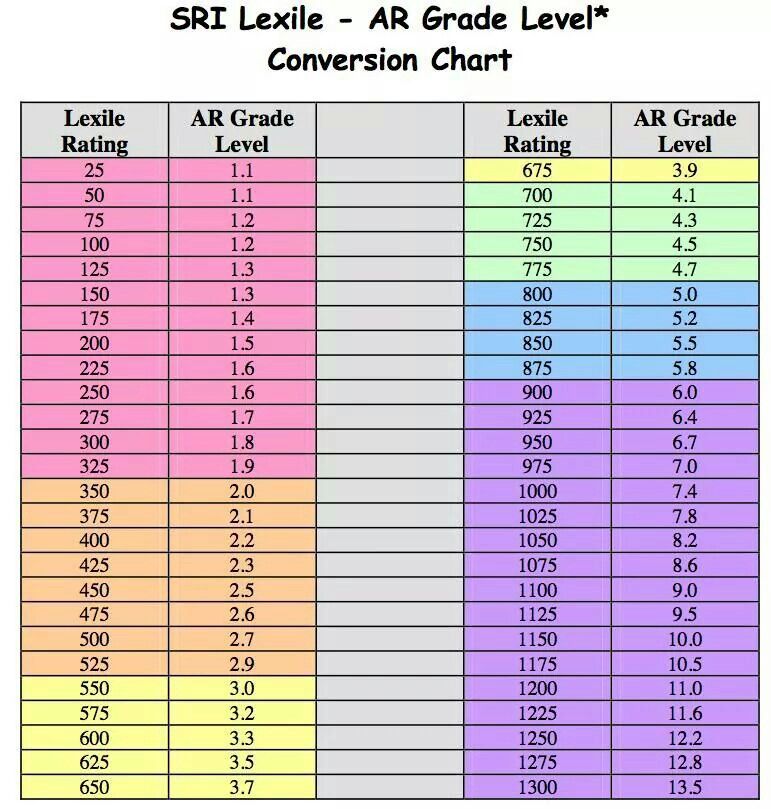 On the Basic Search screen, check Full Text, then type in a magazine name in the Publication field. Click Search. EBSCOhost will bring up all of the articles from that magazine. Each article will have a different Lexile measure, which will give you a general idea of the magazine’s reading level.
On the Basic Search screen, check Full Text, then type in a magazine name in the Publication field. Click Search. EBSCOhost will bring up all of the articles from that magazine. Each article will have a different Lexile measure, which will give you a general idea of the magazine’s reading level.
Lexile Framework for Reading GL Education Group (April 14, 2011)
Examples of Reading Levels (Framework)
This Lexile map shows texts matched to levels of reading ability. The literature titles and reading selections are examples that range from 200L to 1700L on the Lexile scale.
Lexile Framework for Reading for Parents and Educators
The educators and researchers at MetaMetrics created the Lexile Framework for Reading to transform the world of education with a research-driven, scientific system to help all readers navigate the path to success in school, college and careers.
Reading
QR Code
Scan the above QR Code with your QR code reader to access this page on your mobile device.
Top 8 Books ‹ Inglex
A wide vocabulary is something every English learner should strive for, because the more words you know, the more you can say. However, in addition to learning new words, you also need to learn how to combine them correctly, make sentences from them and use them in your speech. And all these tricks you will be taught by textbooks on the vocabulary of the English language. We'll cover 8 of the most popular vocabulary building aids and explain how to work with them.
We have already compiled a detailed review of the 4 best English textbooks for our readers. At the same time, we wrote that these comprehensive manuals help develop all English language skills, as well as expand your vocabulary. Below we will explain why it is worth adding a book to a universal textbook to increase vocabulary. In this review, we will present you 8 vocabulary guides.
Why additional textbooks on English vocabulary are needed
1. Learn words effectively
Each of the textbooks on English vocabulary is focused on learning new words in context. You learn new vocabulary and immediately use it in practical exercises, see how it "works" in natural speech. This is the most productive and fastest way to improve your vocabulary.
2. Expressing Your Thoughts Accurately
Knowledge of grammar and a good vocabulary is essential to speak English confidently. In addition, if you are going to take an exam or emigrate, a large vocabulary will make your life much easier. Of course, the basic textbook provides a good supply of vocabulary for every level of knowledge, but if you want to make your speech more natural and expressive, vocabulary replenishment books will come in handy.
Of course, the basic textbook provides a good supply of vocabulary for every level of knowledge, but if you want to make your speech more natural and expressive, vocabulary replenishment books will come in handy.
3. Better listening comprehension
Obviously, the more English words you know, the more you can understand. Therefore, we advise those who complain that they have difficulty perceiving English speech by ear to pay attention to such aids. Quite often, the reason for such a misunderstanding is that a person has a limited vocabulary, so our brain plays a cruel joke with us - we simply do not hear all unfamiliar words.
4. Activate vocabulary
A huge plus of such manuals is that they focus not so much on learning new words as on the practice of using various words of the English language. Surely you have heard people complain: “I already read English texts, but I speak very badly.” The thing is that such students have an extensive passive vocabulary of the English language - they recognize the word when they hear it or meet it in the text.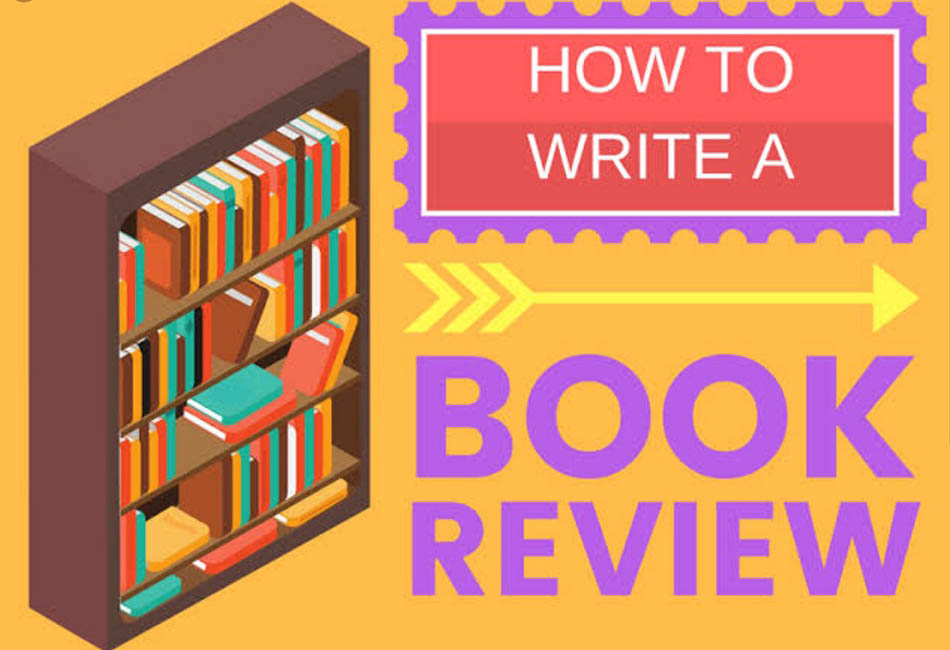 At the same time, their active stock is very small - they cannot use words that they seem to know in their speech. English vocabulary books help to solve this problem: through practical exercises and constant repetition, words move from passive to active vocabulary.
At the same time, their active stock is very small - they cannot use words that they seem to know in their speech. English vocabulary books help to solve this problem: through practical exercises and constant repetition, words move from passive to active vocabulary.
5. Reach the next level of English knowledge faster
It happens that it is a poor vocabulary that "slows down" a person, does not allow him to move to the next level. In this case, working with additional aids will help speed up the learning process.
At what level is it necessary to take such a study allowance? Each of the series of books includes textbooks for different levels of knowledge, so at any level you can pick up good material for vocabulary replenishment. If you are learning English with a teacher, you can ask him to take additional material from the textbook you like. If you study English on your own, try to regularly complete tasks from the selected manual.
The format of this textbook is similar to the editions of English Grammar in Use by Raymond Murphy, which we wrote about in the review "The 4 Best English Grammar Textbooks". Each lesson-unit takes 1 turn: the theory is given on the left, practical exercises are given on the right.
Each lesson-unit takes 1 turn: the theory is given on the left, practical exercises are given on the right.
There are two ways to work with this tutorial. If your vocabulary is rather poor, it is best to go from the first lesson to the last one and not skip anything. If you do not have enough knowledge on some specific topics, you can choose and study them.
Vocabulary replenishment exercises in English Vocabulary in Use are tasks for choosing a word, filling in missing words in a text, crossword puzzles, writing small texts, matching a word to a picture, dividing words into groups according to some characteristics, selecting definitions for idioms and phrasal verbs, selection of synonyms, etc.
Features of the textbook
If you learn English on your own, then this manual will be convenient to use. At the end of the textbook there are answers to all the exercises, you can check yourself.
The undoubted advantage of the manual is the presence at the end of the book of a list of all the words found in the units.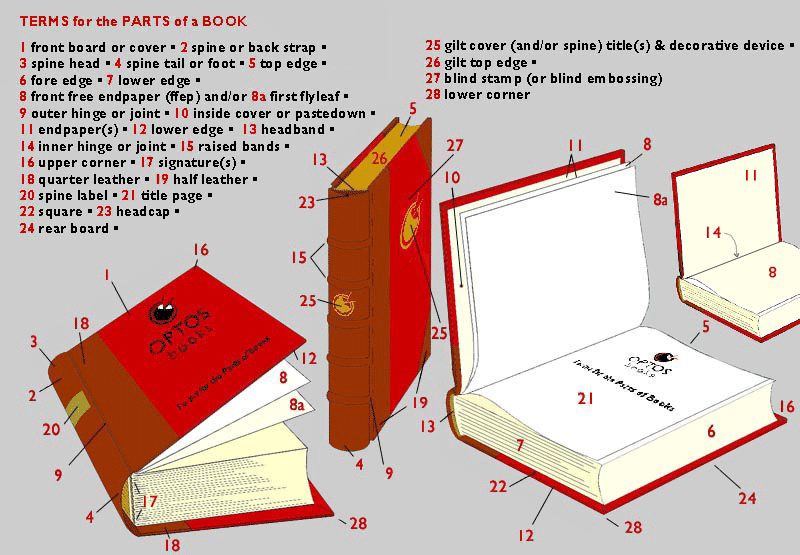 The words are written in alphabetical order, each of them is given a transcription. Also, next to each word is the page number on which it occurs, so if you want to know how to use it correctly, just open the desired page.
The words are written in alphabetical order, each of them is given a transcription. Also, next to each word is the page number on which it occurs, so if you want to know how to use it correctly, just open the desired page.
2. Work on Your Vocabulary0003
We advise you to go through the textbook sequentially - step by step to analyze each of the lessons. However, there is a list of topics in the table of contents, so you can choose which vocabulary to learn first. In addition, at the end of the textbook, in alphabetical order, there is a list of all the words used in each lesson.
When completing tasks, you need to insert a missing word, underline the correct meaning, choose the appropriate option, or correctly sign the illustration.
Textbook features
Authors: Ruth Gairns, Stuart Redman.
Structure of the textbook and how it works
In this series of British vocabulary books, the appropriate material should be selected according to the following principle:
- Basic - for Elementary and Pre-Intermediate levels.
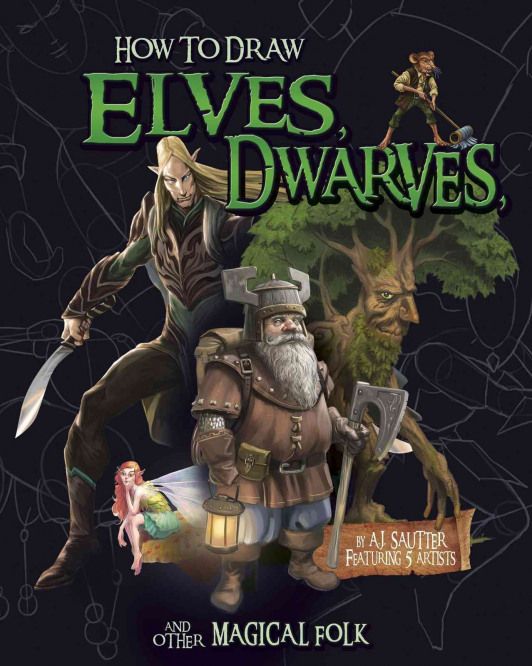
- Intermediate Manual - for Intermediate and Upper-Intermediate levels.
- Advanced Handbook - for Advanced and Proficiency levels.
Each book in this series contains 80 units. The lesson takes from one to three pages, depending on the topic. Practical exercises are immediately attached to blocks of theoretical material to consolidate knowledge. All units are divided by topic into groups-modules of 5 or 10 lessons. After each module in the textbook, you will be asked to take a test that will check how well you have learned the material of all the lessons you have completed.
As you work through this tutorial, you can also choose to go in order or select exactly those topics where you have gaps. However, if you are learning English on your own, the first option is preferable: this way you won't miss anything important.
Vocabulary tasks are diverse: fill in missing letters, find synonyms, answer questions, choose a word, insert a missing word in a phrase, etc. In addition to written vocabulary training exercises, Oxford Word Skills has tasks for developing speaking and listening.
In addition to written vocabulary training exercises, Oxford Word Skills has tasks for developing speaking and listening.
Textbook features
At the end of the manual there are answers to all exercises, as well as tests following each module, so this textbook can also be recommended for self-study. At the end of the manual there is a list of words in alphabetical order. For each of them, a transcription is given and the page number on which you will find exercises with this word is indicated.
Additional online exercises for this tutorial series can be found at elt.oup.com. Follow the link to the Basic, Intermediate or Advanced section, and the exercises for the corresponding manual will be available to you.
Sign up for a speaking practice course and practice vocabulary in dialogue with a teacher.
4. Test Your Vocabulary0039 Advanced
Authors: Peter Watcyn-Jones, Olivia Johnston, Mark Farrell.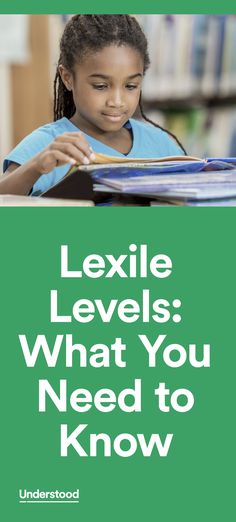
The structure of the textbook and the principle of working with it
Each of the five books in the Test Your Vocabulary series consists of 60 units, which occupy 1-2 pages depending on the topic. These English vocabulary learning tutorials will appeal to those who like to take various tests. However, the books also contain theoretical material, it is presented briefly, in the form of a small historical or grammatical reference.
Despite the fact that this series is a series of books with vocabulary tests, the tasks are very diverse. You can solve different types of crossword puzzles, sign pictures, combine words into phrases, choose phrases for comic book characters, etc.
The authors suggest working with the textbook in the following way. To memorize new words well, you need to return to them repeatedly, so make all notes in the book in pencil. After completing the exercise and self-checking, remove all answers. After 1-2 months, return to the lesson and try to go through it again.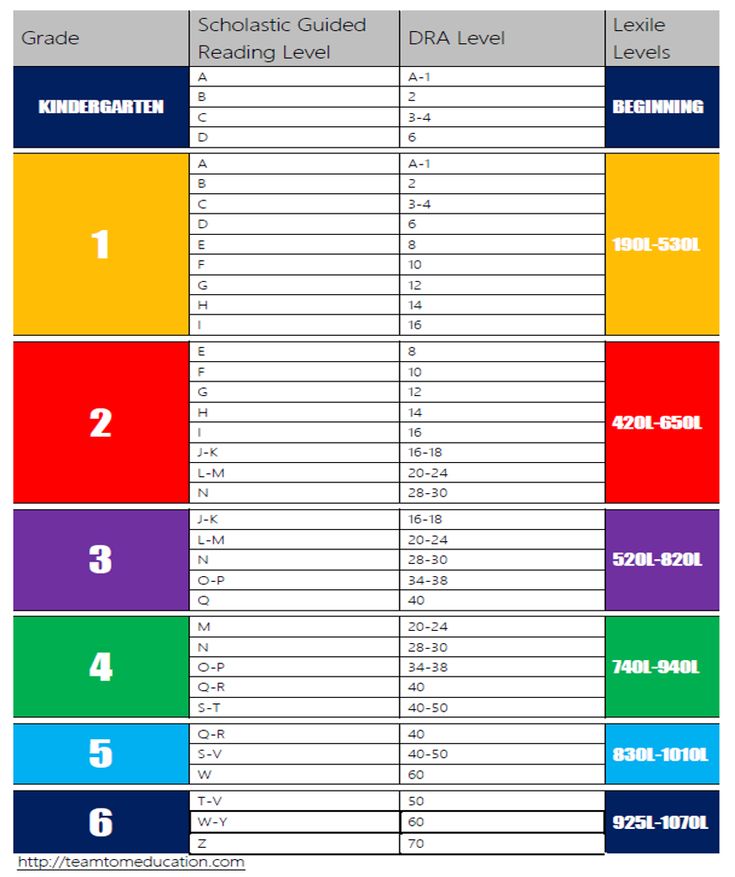 This way you will fix the vocabulary in memory.
This way you will fix the vocabulary in memory.
Features of the textbook
The main advantage of this series is interesting practice tests that help you quickly memorize new words and the specifics of their use. At the end of each textbook you will find answers to tests and a list of words to study in alphabetical order.
5. Key Words for Fluency0051
Publisher: Heinle.
Author: George Woolard.
The structure of the textbook and the principle of working with it
The Pre-Intermediate and Intermediate level textbooks in this series contain 22 voluminous lessons each, which are divided into several parts. Each part is devoted to 1 word. For this word, you will be offered about 10-20 options for phrases (collocations), that is, you will see with which words and how exactly the vocabulary in question can “work”. In the manual of the Upper-Intermediate level, words are not combined by topic, but the principle of presenting the material is the same.
You can learn and memorize all these useful phrases during the practical exercises. They are quite the same type, but after completing them, you will learn in which cases which expression should be used. In addition, many phrases contain prepositions, and English learners will confirm that it is not always easy to remember which preposition to use in a particular case. Having learned the expression completely, you will well remember the preposition that is used in a particular phrase.
Features of the textbook
This series of textbooks differs from other manuals in that you do not learn new words, but entire expressions. To speak confidently, you need to know how words "cooperate" with each other, that is, in conjunction with which words they are used. Knowing such expressions will allow you to speak English faster, avoiding mistakes in the use of words.
We recommend this textbook for those who are preparing for the FCE exam, because when writing an essay or passing the conversational part, it will be easier for you to operate with expressions, and not with individual words.
The Pre-Intermediate manual provides tests after studying each group of lessons, in the other two textbooks there are no such tasks for verification, but you can return to the lesson after a while and try to go through it again, so you will see what has been deposited in your memory.
At the end of the textbooks there are answers to all tasks, as well as a list of words in alphabetical order indicating the pages on which they occur.

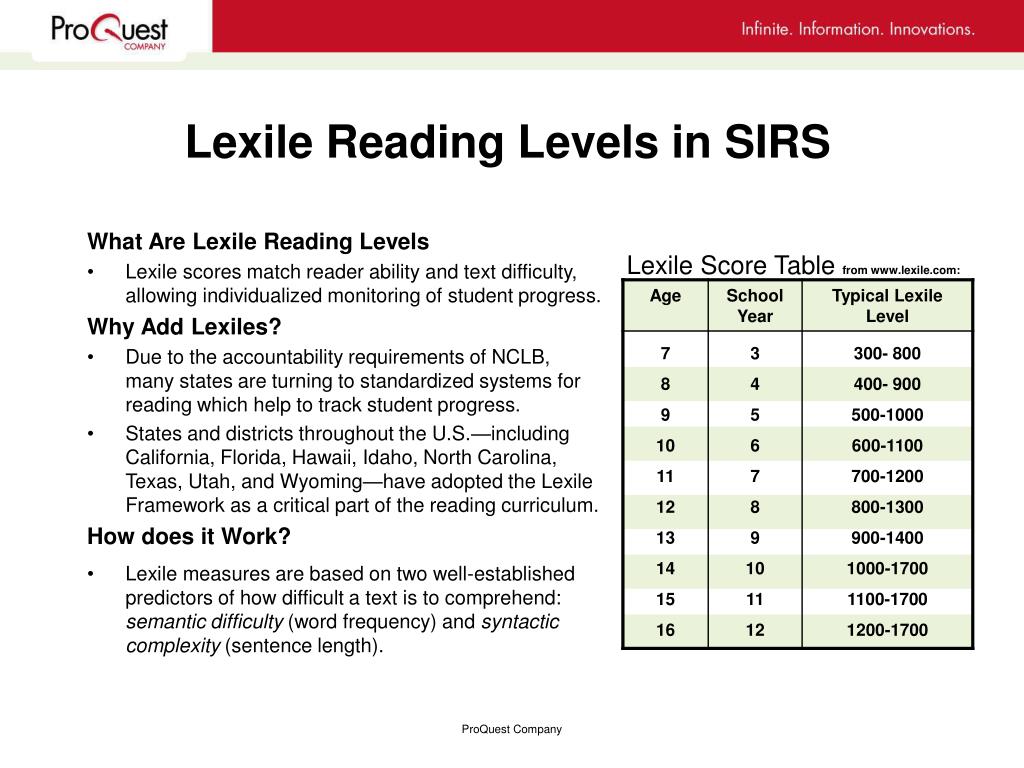 You will often see these words in articles, books, news, and casual conversation.
You will often see these words in articles, books, news, and casual conversation. 
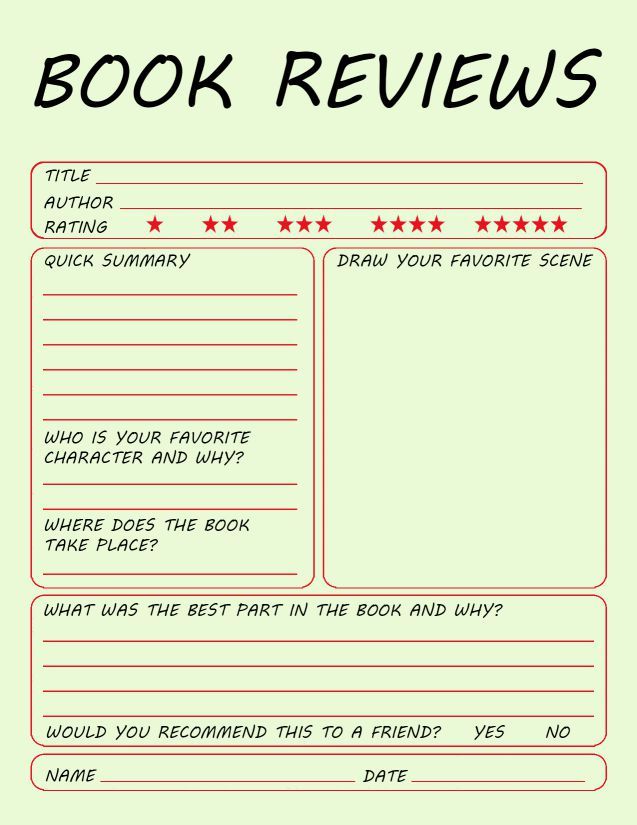
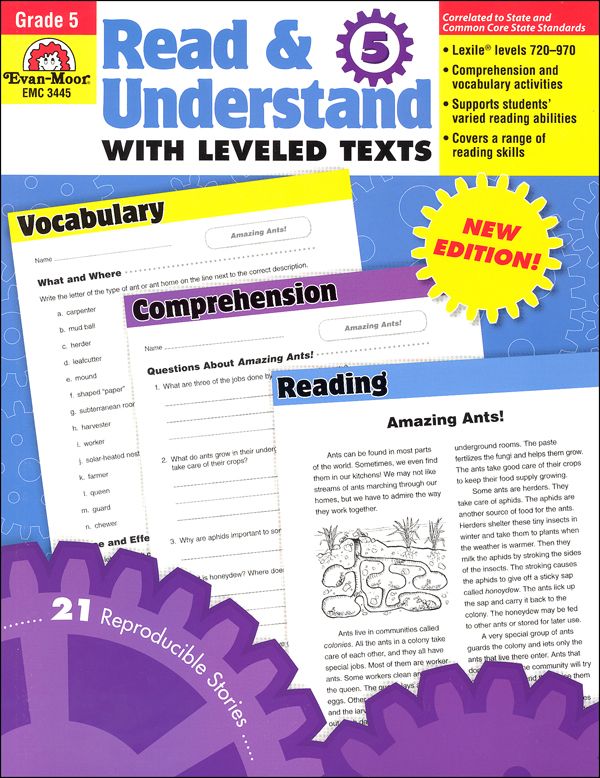
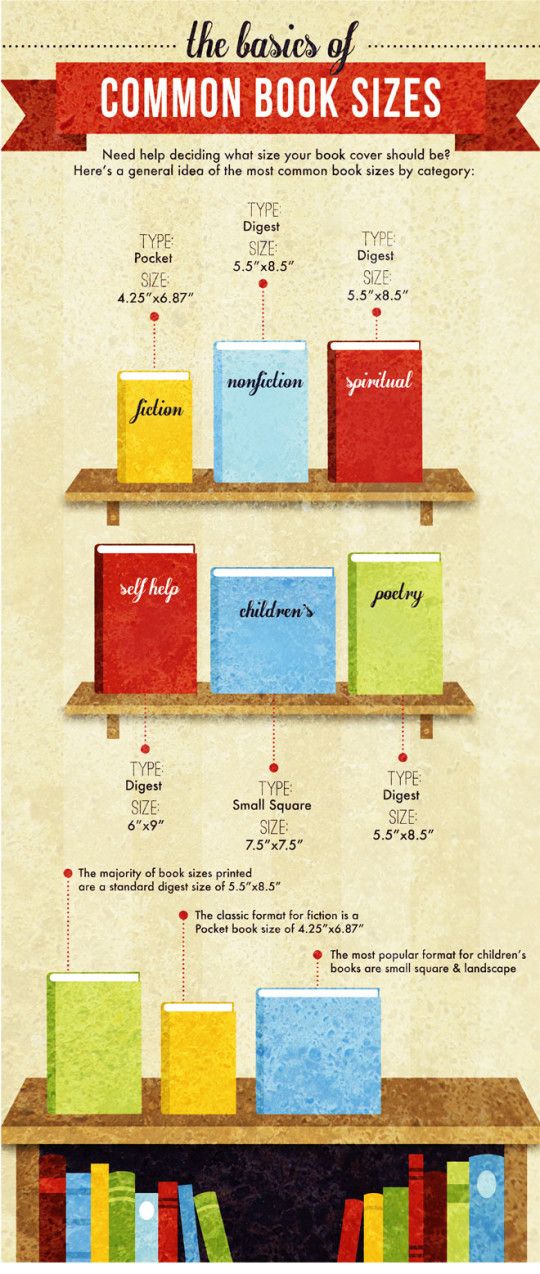 If you are studying on your own, listen to the correct pronunciation in an online dictionary.
If you are studying on your own, listen to the correct pronunciation in an online dictionary.  You can use all of them both for self-study and in lessons with a teacher. Learning new words using such aids will allow you not only to learn unfamiliar vocabulary, but also to learn how to use it correctly in your speech.
You can use all of them both for self-study and in lessons with a teacher. Learning new words using such aids will allow you not only to learn unfamiliar vocabulary, but also to learn how to use it correctly in your speech. 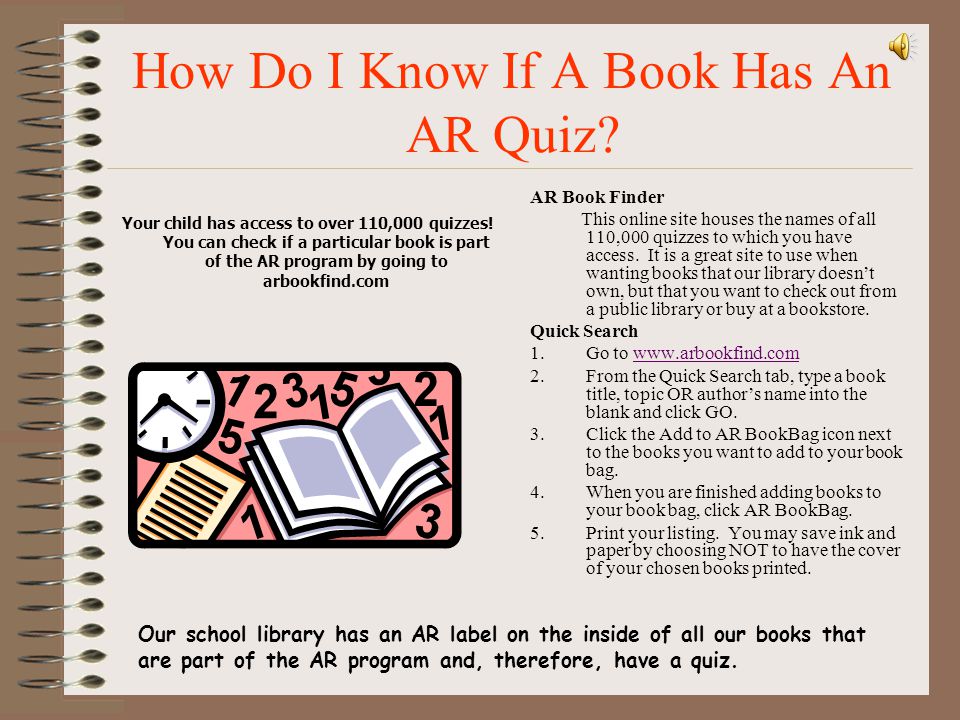 Below you will find some tips that will help you not be afraid to read books in the original and get the most out of the process.
Below you will find some tips that will help you not be afraid to read books in the original and get the most out of the process. 